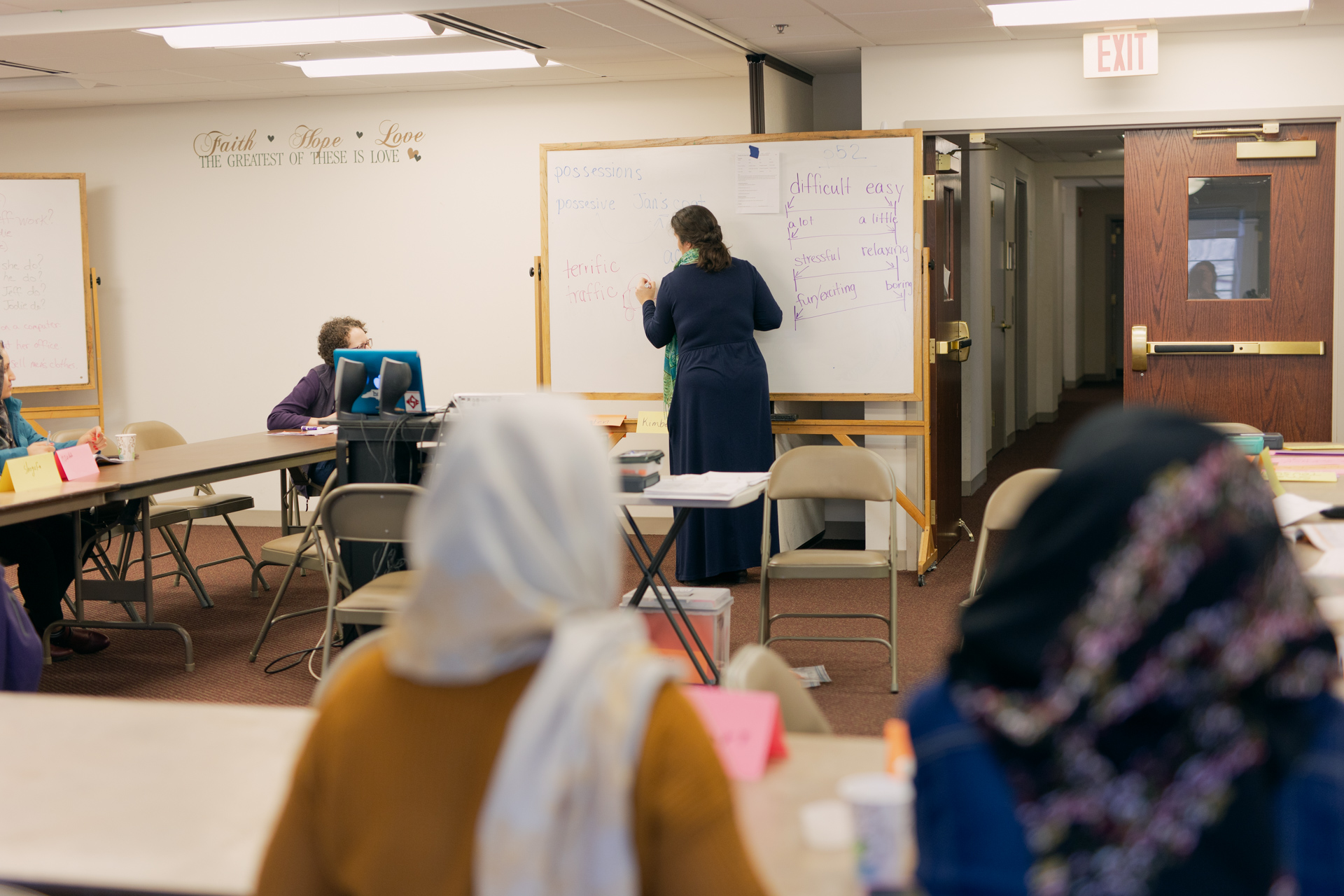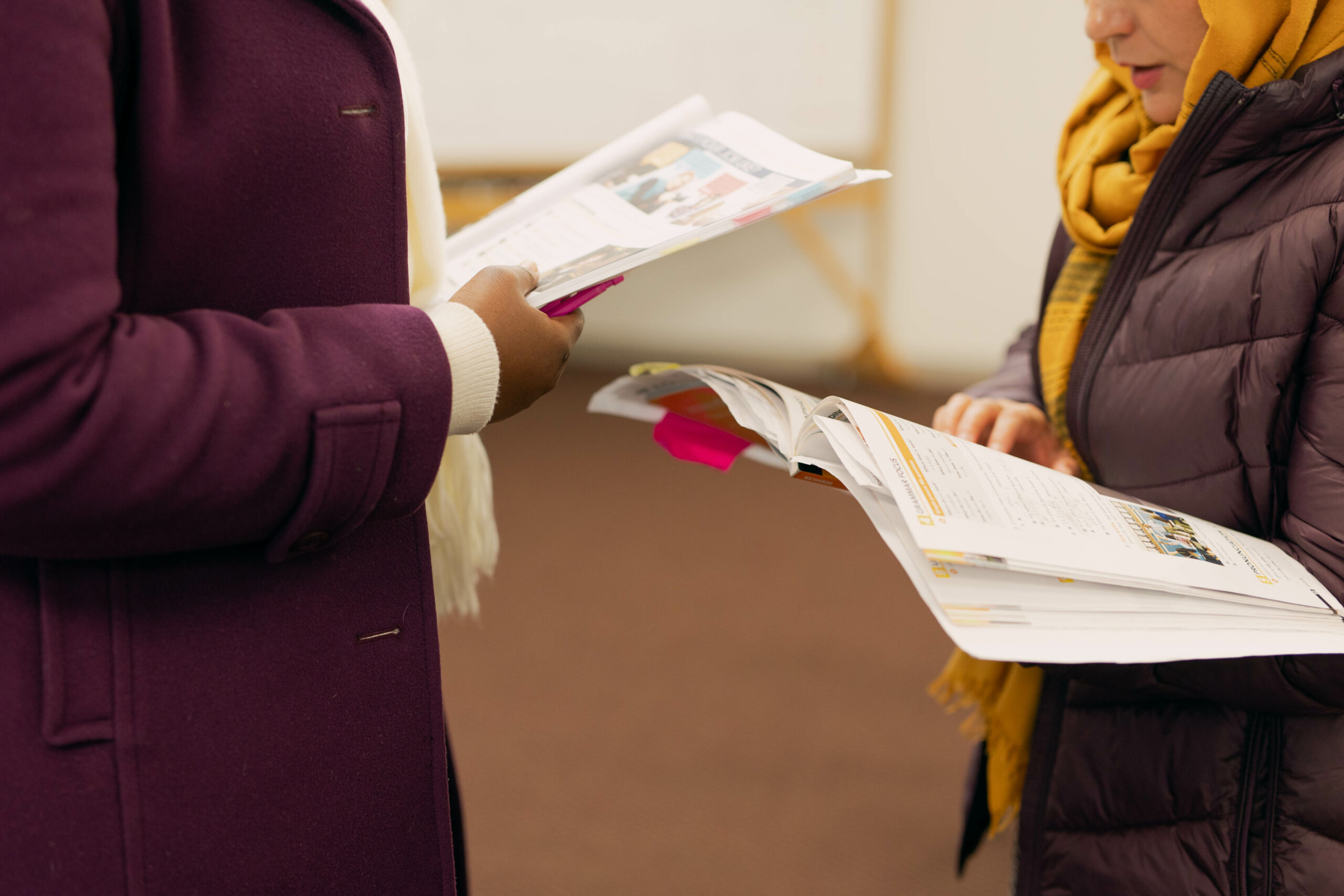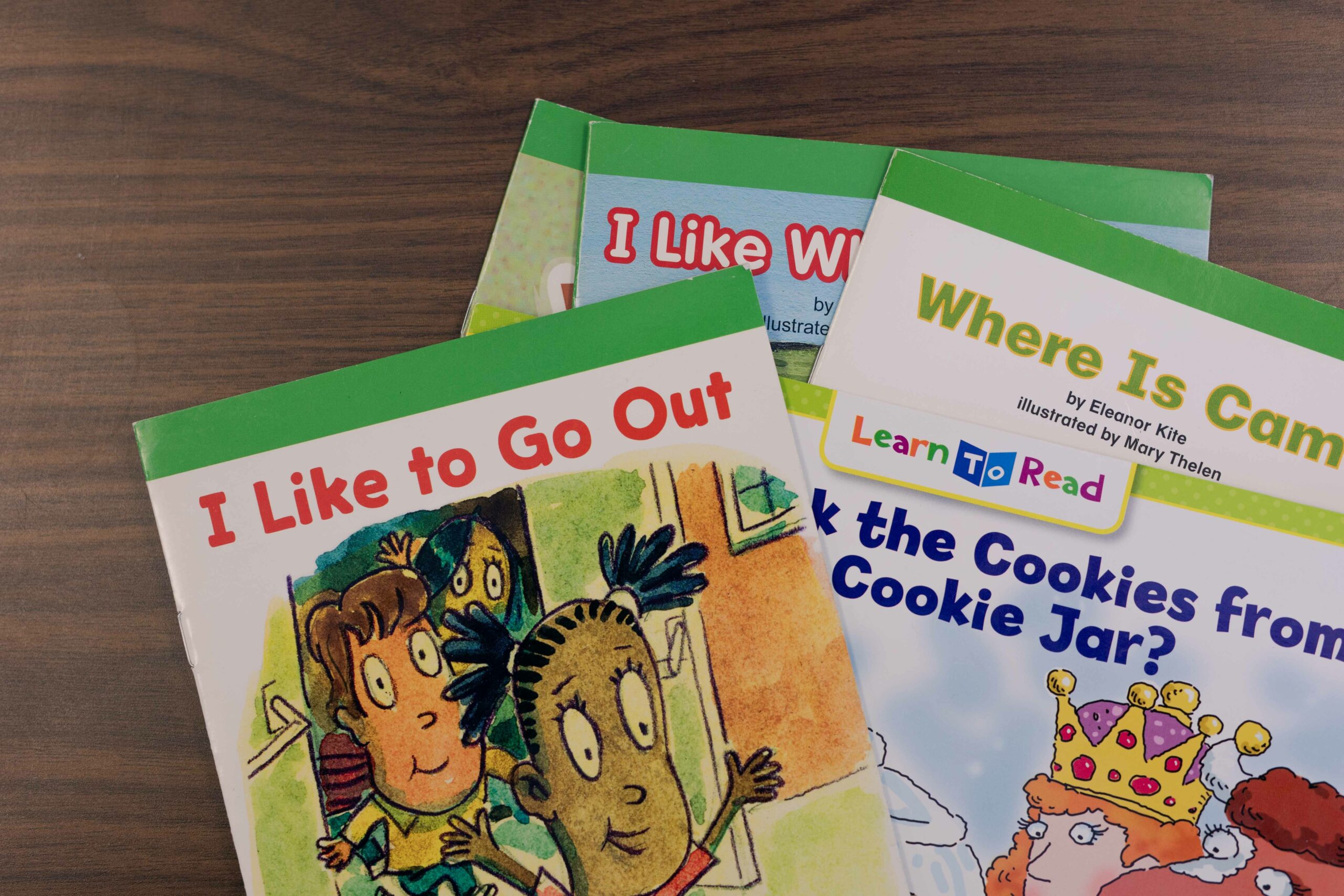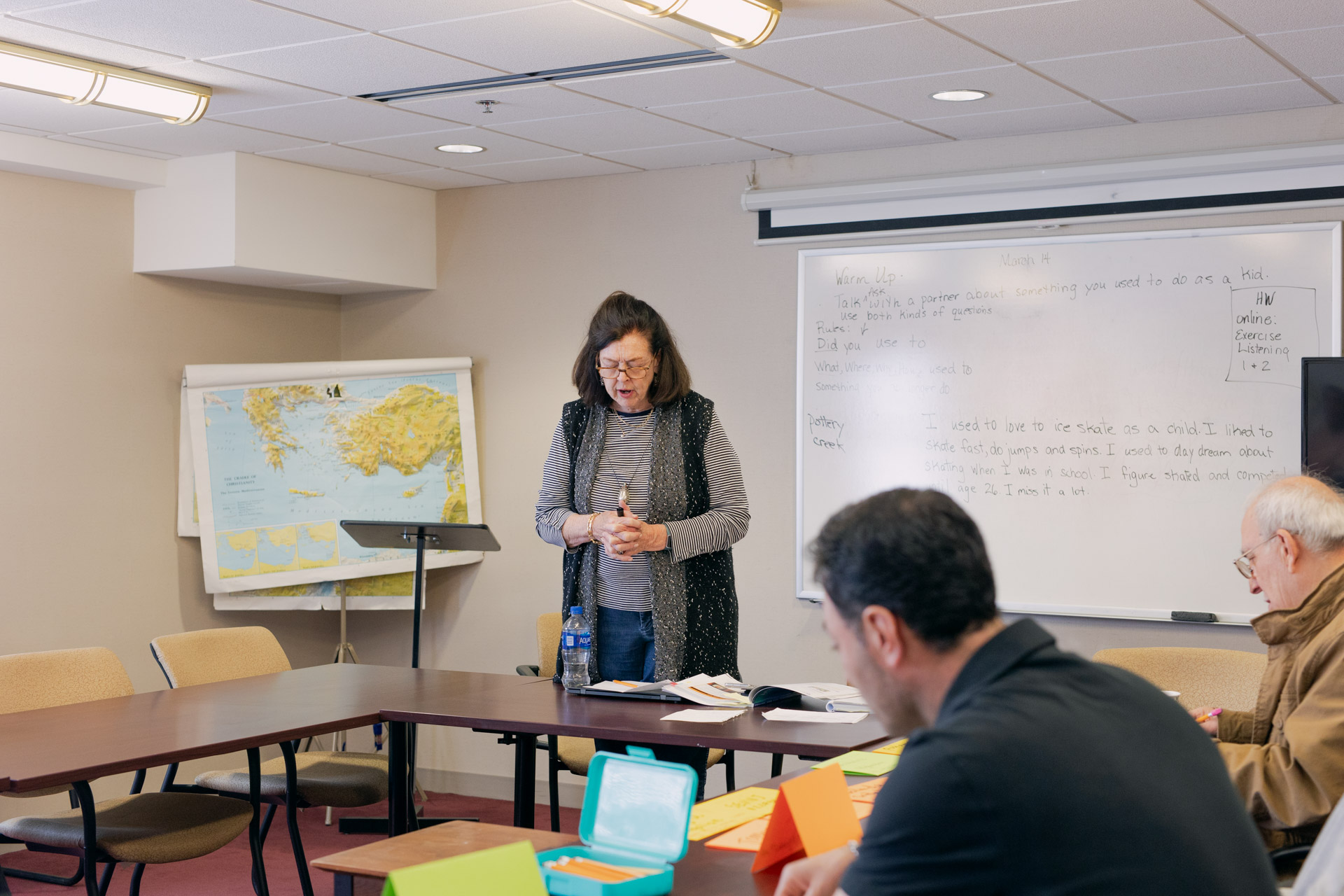You Can Too
by Naphtali / Borderless Media Team Leader“ESL is a ministry that so many people can do
because a lot of it is about relationship.”
Kristen spends her days doing outreach ministry in the Washington, DC area, home to thousands of immigrants and refugees from around the world. On any given day, Kristen might host immigrant friends in her home, be involved in the multi-ethnic church where she and her family attend, or babysit the children of a refugee friend. There are a lot of ways that she extends love. Three days a week, she does this through teaching English as a Second Language (ESL). She shared with me what it’s like.
A typical day involves interacting with students who show up before class starts. Conversations center around children, family, and daily life. Sometimes she gets the chance to pray with students over what’s going on in their world. Once class starts, it lasts about an hour. “I try to use similar games and activities – the repetition helps students understand so they know what’s expected and how things work,” Kristen told me. After class gets over, students linger to ask clarifying questions about what they’re learning.
She teaches from a textbook, prepping about 30 minutes for each hour of class time. ESL teachers are encouraged not to take longer to prep than to teach. Kristen teaches at a basic level. In her words, some of what teaching involves is “trying to come up with memorable ways to teach everyday things and (find) engaging ways to practice so you get the repetition that you need to learn something, without feeling bored or childish.”
After students leave, Kristen spends time following up with volunteers, finding out if any student needs were brought to their attention. Often, underlying needs are barriers to good learning. “Since ESL is a bridge to building relationships, we want to make sure our students are okay and are connected to the necessary resources,” Kristen said. Sometimes this involves an explanation of how to visit the doctor, what to expect from an American school system, or how to find a good mechanic.

An ESL student is helped by a volunteer.

Using a white board while teaching helps students visulize the words they’re learning.
“I like when our students have mastered skills that they need for everyday life,” Kristen said. One way she measures progress is when her students don’t rely on their children to communicate for them. This is a common occurrence among immigrants. Recently, she was told by the child of an immigrant friend: “Mom called and made her own doctor’s appointment, and we didn’t have to help her!”
“I just like getting to know people because when you’re together so much, your students build bonds with each other,” Kristen told me. “You get to know each other so well.” Simply put, Kristen’s favorite part is watching people build relationships with one another and getting to be a part of it.
While Kristen studied elementary education in college, she told me that you don’t have to be a teacher to teach ESL: “ESL is a ministry that so many people can do because a lot of it is about relationship. A good portion of ESL ministry is about having conversations with people.” It’s about speaking, listening, and understanding. “We need people who are willing to make coffee and tea and hang out with people.” It comes down to this: being reliable and being in someone’s life is more important than whether you taught them all the right words.

Students get to practice what they’re learning together.

Books are a great way to learn English.

A teacher prays with her class before it’s over.
“I want people to know that most of the students we teach are eager to learn, terrified to do something wrong, and intimidated by the average American,” Kristen shared. “So, smile at people in the grocery store, and say hello when you see someone who looks like they’re not from here.”
